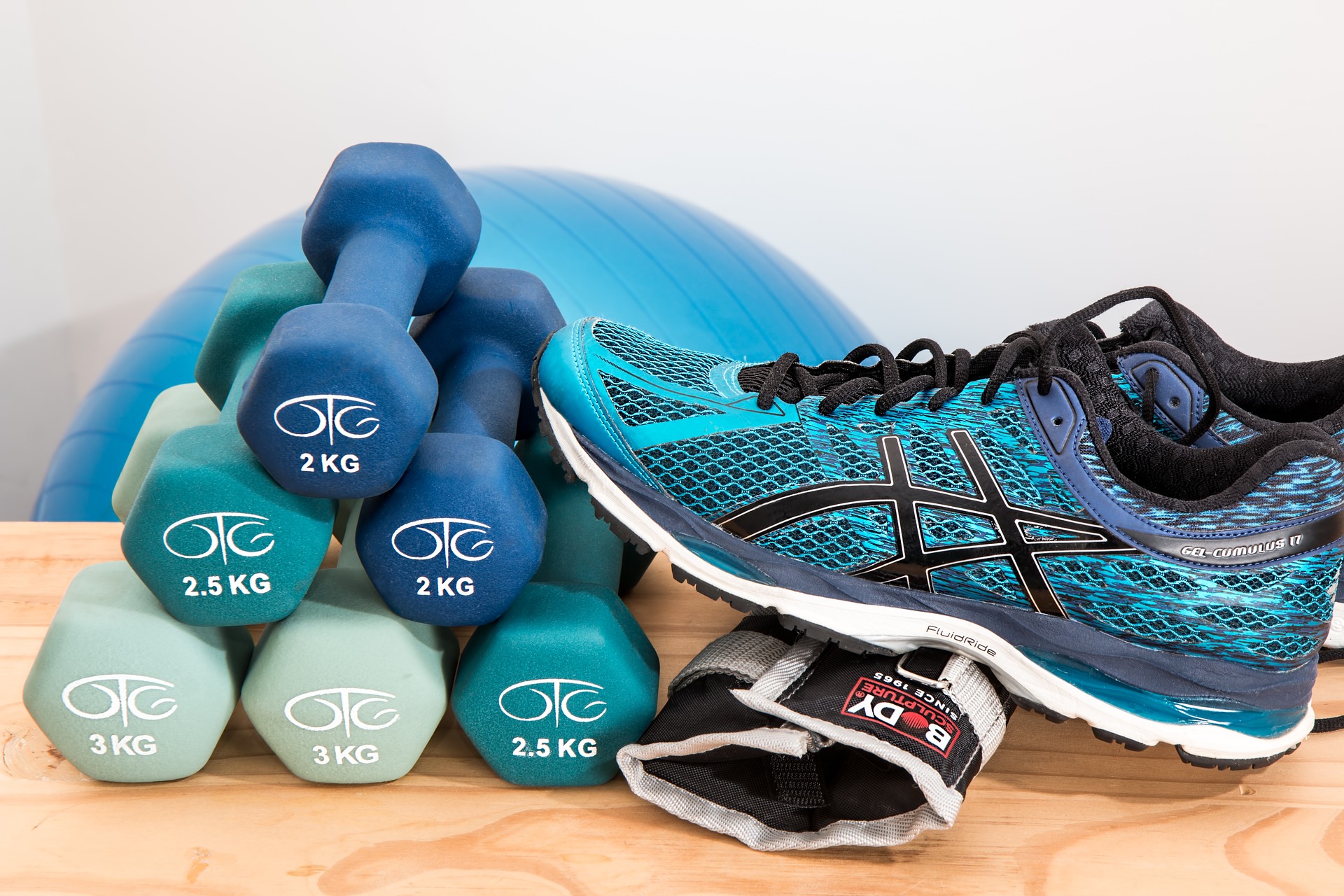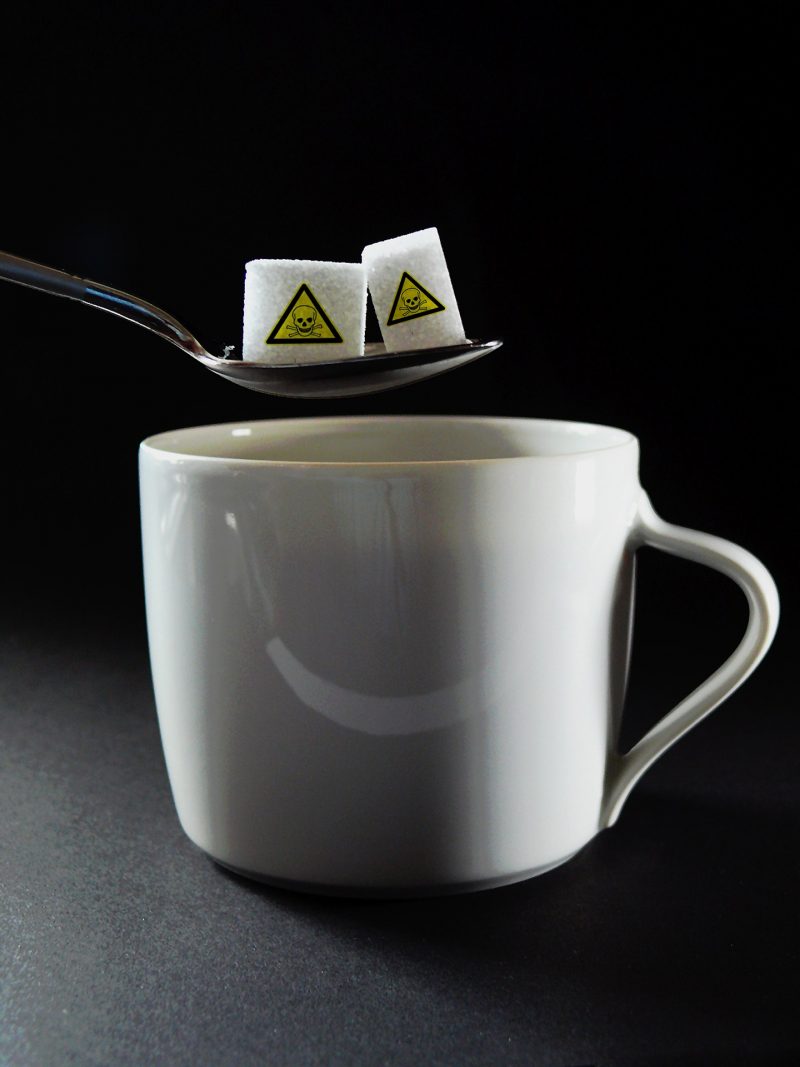According to the ADA, approximately 30.3 million Americans had diabetes in 2015. Even more surprising is that at that time, about 193,000 Americans under the age of 20 were diagnosed with diabetes. While type 1 diabetes is a life-long illness, type 2 diabetes is often developed over time and becomes symptomatic at a later age in life for many people. Sometimes it is developed in younger people, which further reinforces the idea that in many cases it is a product of dietary and lifestyle habits.
What is Insulin Resistance?
Insulin is a hormone produced by the pancreas which allows cells to utilize and absorb glucose. When the cells in your body can’t absorb glucose, your blood sugar levels will steadily become higher over time signaling the extent to which your body has become insulin resistant. As with many things, insulin resistance is not a binary on or off, but rather a gradual spectrum of efficiency/inefficiency. It is possible to be only slightly insulin resistant; remember, it is only on the upper ends of insulin resistant where symptoms of diabetes appear that we consider it a problem. Apart from that, natural insulin resistance may vary from person to person.
Not everyone’s pancreas can release the same amount of insulin under duress either, which is partially why that people who have a family history of type 2 diabetes may be incapable of outputting a great amount of insulin in the face of low absorption rates. The theory goes that despite the body’s lower rate of absorption if enough insulin is supplied to make up for that, blood sugar levels can be managed in some cases.
However, using medications like Januvia or Trulicity may be a better option for people who need to directly control their blood sugar levels. Outside of medications, surely there are things that can be done to increase insulin sensitivity and manage type 2 diabetes?
Diet for Type 2 Diabetes
The most important thing for a diet aimed at managing type 2 diabetes is to avoid foods that will spike your blood sugar too much and much too quickly. In other words, avoiding simple sugars—including the simplest sugar, sugar itself, is of monumental importance.
Many people abide by the concept of glycemic load—which follows the glycemic index. The glycemic index is an index that has numerical values attached to various foods that can make it easier for people to determine how impactful a food will be on their blood sugar. An example of the glycemic index would be white rice. White rice has a GI of 73 ± 4, which is fairly high. This means that white rice is absorbed relatively quickly and will cause a quick spike in your blood sugar.
The important thing to note about the glycemic index is that it’s a useful metric in determining the relative difference between carbohydrate based foods and their glycemic impact. However, the catch is that glycemic index is only relevant on a full stomach. If you were to eat high GI food such as white rice paired with a high fat dish, the high fat dish would invariably slow down the digestion of the entire meal, thus reducing the impact the meal will have on your blood sugar.
For reference, this is precisely why sugar drinks such as soda and “fruit” juices are so often condemned by healthcare professionals and dieticians. Liquids pass through the system quickly, and these drinks are typically nothing more than glorified sugar water—a way to ingest 50 grams of sugar straight into your blood stream. Nothing exists such as that in nature, our bodies were not designed to tolerate such easy access to the greatest energy source our body desires—sugar.
Let’s wrap up this diet section with some easy to digest tips:
- Eat foods that have a low glycemic index.
- If you must eat a high GI food, pair it with something fatty or high in fiber to slow it down.
- Avoid simple source of carbs such as soda, fruit juices, sugar based drinks, etc.
- Opt for eating fruits high in fiber such as apples and berries.
Exercise: The Key to Improving Insulin Resistance

Exercise has a plethora of benefits that are nearly endless in an academic sense. It helps your mood, it gets you in better shape, it increases your quality of life as well as your longevity. In the case of type 2 diabetes, exercise goes a long way in improving insulin sensitivity AS well as reducing blood sugar levels. The reason for this is simple, exercise causes your muscles to consume the glycogen that is stored in them, this muscle glycogen is replenished by pulling it from your blood sugar. No insulin required.
This means that exercise has a two-fold benefit:
- It curbs your existing blood sugar levels and keeps them lower, which for type 2 diabetics is always a good thing.
- Exercise will increase the effectiveness of insulin so that your blood sugar levels will be lower in general as your body acquires a more efficient means to absorbing glucose.
What Exercises are Best for Diabetics?
Diabetics aren’t always overweight, but it is a common occurrence since many of the factors that lead to type 2 diabetes are diet and lifestyle related. In other words, people who eat well and exercise regularly are at a significantly lower risk of developing diabetes.
While lifting weights is a phenomenal way to get into shape, it isn’t immediately applicable to everyone. Start off just by walking more, you would be surprised at how much this can help if you’re totally sedentary. From there, you can graduate to running once or twice a week and walking on days in between. Truthfully, any exercise is good as long as you get your body and blood moving. It’s important to remember the purpose of exercise is to embrace a healthier lifestyle, while you should push yourself, be sure to gradually improve your fitness instead of trying to do too much at once and risking injury.
Type 2 Diabetes Prescription Assistance Programs
While diet and exercise play an important role in managing diabetes, sometimes medical intervention is necessary. However, the cost of insulin and prescription medications as a whole has been rising year-to-year for many years now. Manufacturers offer discounted prescription medications through prescription assistance programs.
Applying for these programs can be difficult and tedious as every manufacturer has different guidelines and pre-requisites before deeming eligibility. If you have multiple prescriptions that you require, it can be a tremendous time sink and headache to attempt to apply for all of those medications and follow up through the application process.
Rx Solution has been helping Americans who are uninsured or underinsured complete this application process so that they can achieve the quality of life they deserve but cannot afford due to lacking prescription medications.

